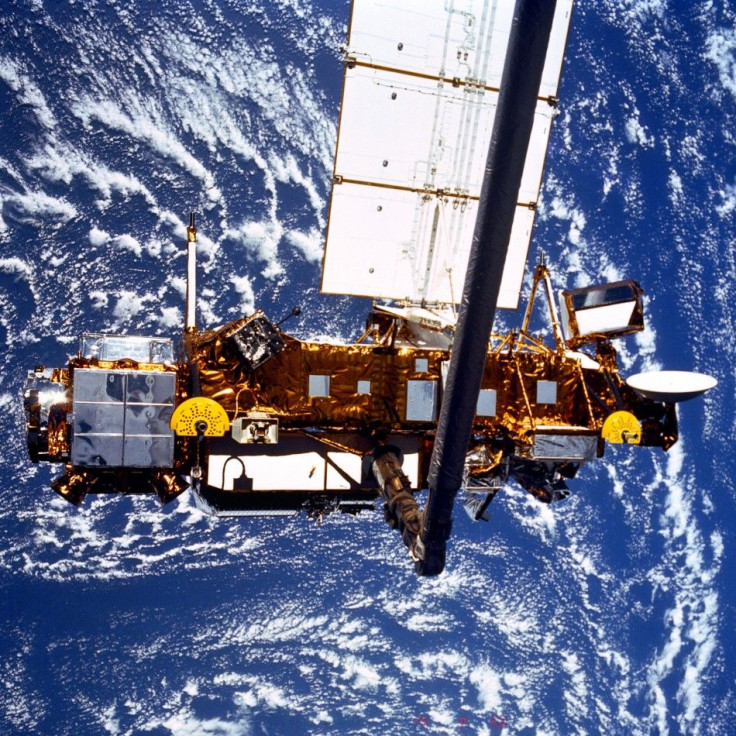Pieces of Defunct NASA Satellite May Hit Earth This Week

A defunct NASA satellite is expected to re-enter Earth's atmosphere on Friday, Sept. 23, according to the U.S. space agency.
The six-ton bus-sized Upper Atmosphere Research Satellite, known by its acronym UARS, is currently out of fuel. Although the scientists have confirmed its fall, the place where exactly it will hit is still unknown.
The satellite has finished its productive scientific life and is being watched closely by NASA scientists. Scientists on Saturday said that they expected its arrival on earth by Sept. 23, maybe a day before or after.
The re-entry of the satellite has advanced due to a sharp increase in solar activity since the beginning of this week. According to the calculations made by the NASA scientists, the satellite will break into 26 pieces as it gets closer to earth. The chances of it hurting someone anywhere on the planet are 1 in 3,200.
The pieces of the dead satellite can land anywhere in the six inhabited continents in a worldwide swath from south of Juneau, Alaska, to just north of the tip of South America.
It's a hard calculation problem; we don't know the exact instant when it's going to come down, and it's moving really fast. It actually orbits the Earth every 90 minutes, says Steve White, a Fresno State Physics Professor.
The heaviest piece to hit the ground is assumed to be around 350 pounds, but then till today, there is no record of anyone ever getting hit by falling space junk in the past, a USA Today report stated.
Launched from the space shuttle Discovery on Sept. 15, 1991, to collect data on Earth's atmosphere and its interactions with the sun, the $750 million spacecraft orbited the planet more than 78,000 times before ceasing operations on Dec. 14, 2005. It used 10 onboard scientific instruments to collect data on a variety of atmospheric chemicals, including carbon dioxide, ozone, chlorine, methane, nitrogen oxides and chlorofluorocarbons.
In its first two weeks of operation, UARS data confirmed the polar ozone depletion by providing three-dimensional maps of ozone and chlorine monoxide near the South Pole during development of the 1991 ozone hole. In addition, UARS collected data on the chemistry, dynamics and radiative inputs to the upper atmosphere far beyond its designed lifetime.
The United Kingdom and Canada also provided instruments for this mission, the first spacecraft launched as part of NASA's systematic, comprehensive study of the Earth system. Although it was designed to last 18 months, upgrades extended UARS' life for years beyond its expected lifespan.
The satellite's current orbit is 155 by 174 miles (250 by 280 kilometers), with an inclination of 57 degrees, said NASA. That means the satellite would have to descend into the atmosphere somewhere between 57 degrees north latitude and 57 degrees south.
NASA estimated that the debris footprint would stretch about 500 miles.
If you find something you think may be a piece of UARS, do not touch it. Contact a local law enforcement official for assistance, said NASA.
© Copyright IBTimes 2024. All rights reserved.





















